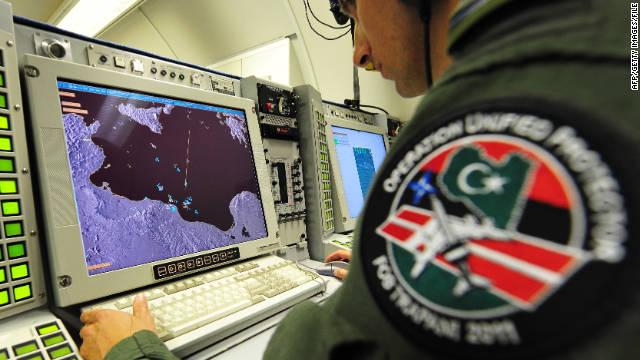Somali militant group Al-Shabab has warned Kenya to withdraw its troops from Somalia, or face bloody battles.Al-Shabab spokesman Ali Mohamud Rage told the BBC Somali service that his fighters would attack Nairobi.
Kenya launched an air and ground assault on the weekend, in response to several recent cross-border abductions it blames on al-Shabab.
The hard-line group, which controls much of southern Somalia, denies carrying out the kidnappings.
Mr Rage said: "We will defend ourselves. Kenya doesn't know war. We know war. The tall buildings in Nairobi will be destroyed.
"We have fought against governments older and stronger than Kenya and we have defeated them."
more.
Kenya launched an air and ground assault on the weekend, in response to several recent cross-border abductions it blames on al-Shabab.
The hard-line group, which controls much of southern Somalia, denies carrying out the kidnappings.
Mr Rage said: "We will defend ourselves. Kenya doesn't know war. We know war. The tall buildings in Nairobi will be destroyed.
"We have fought against governments older and stronger than Kenya and we have defeated them."






